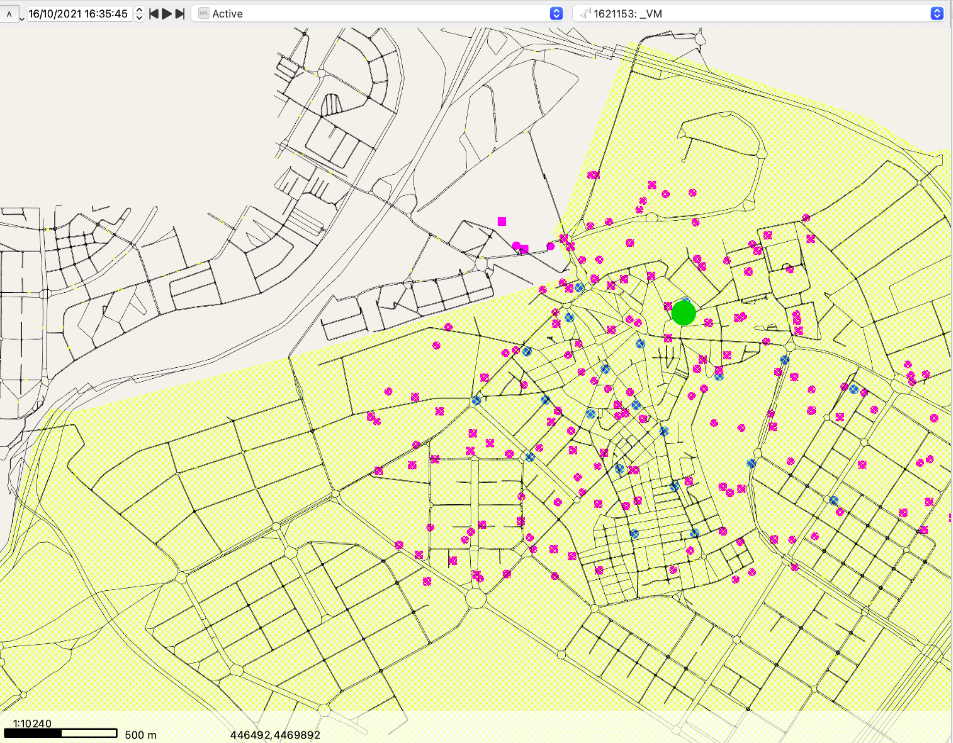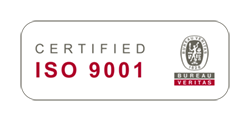- Solutions
- Innovation
- Software
Get Aimsun Next
Use Aimsun Next
About Aimsun Next
- About
Towards climate neutrality: integrating public transport with new mobility services
Published on April 30, 2024

Juan Angarita
Scientific Researcher
Transport accounts for 25% of the European Union’s total CO2 emissions (European Environment Agency, 2023). The European Community is developing pioneering policies and measures to promote more sustainable transport systems, such as the European Green Deal and the New Urban Mobility Framework, which aim to achieve a 90% reduction in transport-related CO2 emissions by 2050. However, a contradiction lies between the reduction of transport emissions and the need for improved access to transport to ensure that “no person or place is left behind”.
The vision of a socioeconomic optimum and “Mobility-as-a-Right” leads to the formation of a so-called “wicked” problem, that is, a difficult problem involving contradictory elements, where a promising solution is the reinforcement of urban public transport. Public transport is acknowledged as the backbone of sustainable urban transport as it increases accessibility, transport equity, and decreases CO2 emissions. Nevertheless, public transport systems are frequently criticized for being unreliable, uncomfortable, and ill adapted to the needs of certain vulnerable user groups.
The Horizon Europe project called SPINE aims to solve this wicked problem. Thirty-nine partners, including Aimsun, aim to accelerate progress towards climate neutrality by reinforcing public transport systems through their integration with new mobility services. 11 cities are serving as SPINE Living Labs and will be engaged in the co-creation, development, and adoption of innovative mobility solutions, such as multimodal hubs, journey planners, new inclusive services, and citizen apps. The Living Labs will become exemplars of improved access to public transport combined with shared, inclusive, sustainable and resilient mobility services. However, although it is expected that all SPINE solutions lead to changes in mobility patterns and behaviours, those changes will only be accounted for after the physical implementation of the solutions in the Living Labs. In this sense, counter-intuitive outcomes could appear, such as not reaching a representative adoption of the new mobility services by citizens or failing to achieve the public transport shares desired by the cities.
To mitigate potential counter-intuitive outcomes, SPINE offers the Living Lab simulation models as a strategy to virtually assess the impact of the project’s solutions before their physical implementation. Therefore, the Living Labs will have the chance to perform what-if analyses, where different scenarios can be simulated and tested to get insights into SPINE solutions’ impact in increasing public transport’s modal share and user satisfaction. As part of the co-creation and design of this digital impact assessment framework, a workshop on simulation models took place during the last SPINE general assembly in Tallinn (Estonia), one of the Living Labs. This workshop aimed to present to the cities the modelling approaches that SPINE offers, the data requirements to develop the simulation models, and the potential use cases in each city.

Within the digital impact assessment framework, Aimsun will develop multimodal traffic simulation and data-driven models to evaluate the performance and forecast the impact of SPINE’s solutions, such as low-emission zones, bike-sharing systems, public transport prioritization, among others possible use cases. These activities are being carried out closely with the collaboration of the University of the Aegean, MobyX and cambiaMO | changing mobility. The multidisciplinary SPINE team unites modelling partners to provide the Living Lab simulation tools, which guide the decision-making process towards public transport initiatives for net zero and better accessibility.

References:
European Environment Agency, Transport and mobility. https://www.eea.europa.eu/en/topics/in-depth/transport-and-mobility?activeTab=fa515f0c-9ab0-493c-b4cd-58a32dfaae0a. Accessed: November 9, 2023.

